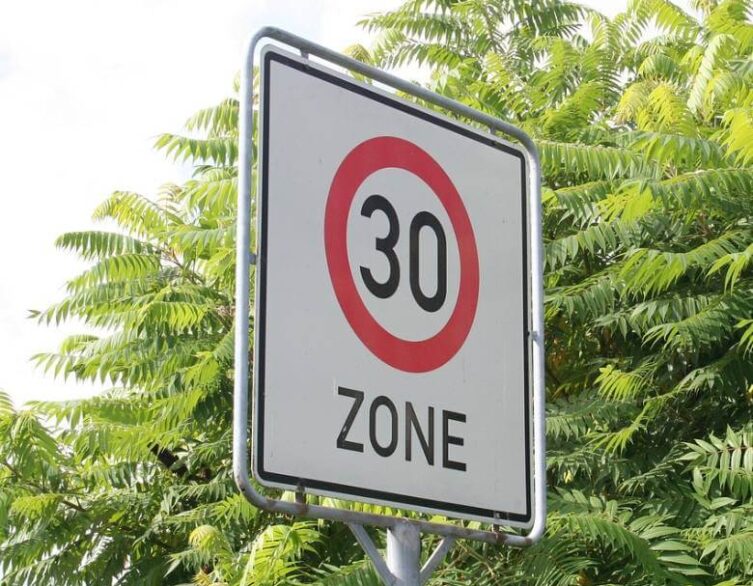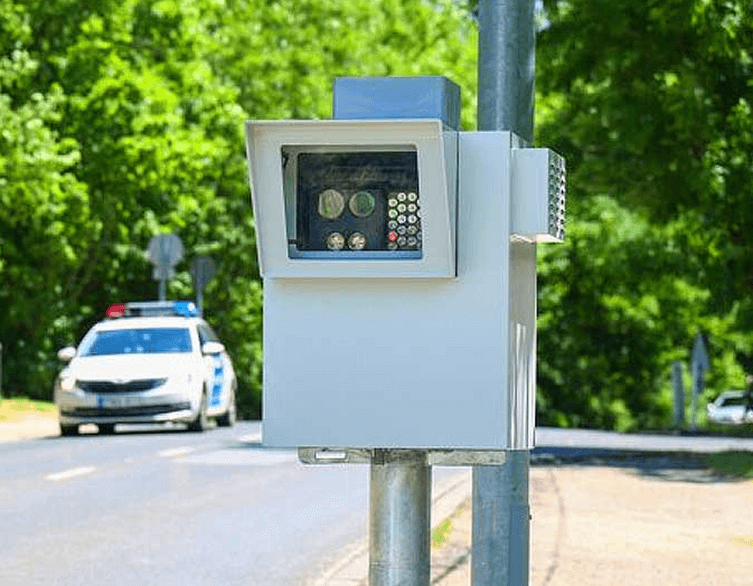Budapest Implements AI To Determine New Speed Limits to Improve Road Safety

The city of Budapest has recently rolled out changes to speed limits on various roads as part of a broader strategy to reduce traffic accidents and fatalities. The goal is to cut road deaths in half by 2030 and reach zero fatalities by 2050. The new speed limit plan takes a progressive and targeted approach rather than implementing a blanket speed reduction across the entire city.
Methodology for Determining New Limits
To decide where to reduce speed limits, experts at the Budapest Transport Center (BKK) first categorized all roads in Budapest based on their function as public spaces. Highways and major arterials with little pedestrian or bicycle traffic were deemed to have a weak public space role, while residential streets were considered to have a strong public space function.
Next, BKK analysts examined police accident data from the past nine years as well as user-reported incidents from the Waze navigation app. This allowed them to identify stretches of road where speed was a key factor in crashes. An artificial intelligence model also analyzed the data, predicting future accidents with over 90% accuracy. This helped prioritize where reducing speed limits would have the greatest impact on safety.
Initial Speed Limit Changes
The first streets to see lower speed limits are a section of Attila Road in District I between Mikó Street and Alagút Street, going from 50 km/h to 40 km/h. Calculations show this could reduce yearly accidents per kilometer from 43 to 19.
Best deals of Budapest
The next change will be a nearly 1 km stretch of Szentmihályi Road, dropping from 60 km/h to 50 km/h. This is projected to cut yearly accidents per kilometer from 45 to 18. BKK says additional road segments will have speeds reduced on a weekly basis going forward.
Importance of Enforcement and Design
While some drivers may be skeptical of the changes, lowering speeds has significantly reduced accidents and fatalities in cities like London, Brussels and Zurich. However, experts note that signs alone are not sufficient – the new limits also need to be enforced through measures like traffic cameras and police monitoring, especially during off-peak hours when the most extreme speeding tends to occur.
Road design is also key, with alterations like narrowing lanes or reconfiguring intersections working to automatically slow traffic. Providing adequate space for pedestrians and cyclists is another important factor. BKK has promised to continuously monitor the streets with new speed limits and provide public updates on the results.
Conclusion
Budapest’s new targeted approach to lowering speed limits aims to make the city’s streets safer for all users without increasing congestion. While there will always be some conflict between different modes of transportation, the changes are ultimately about reducing the frequency and severity of accidents. Hopefully the result will be a significant drop in serious injuries and deaths on Budapest’s roads in the coming years.
Related news
Related events




















